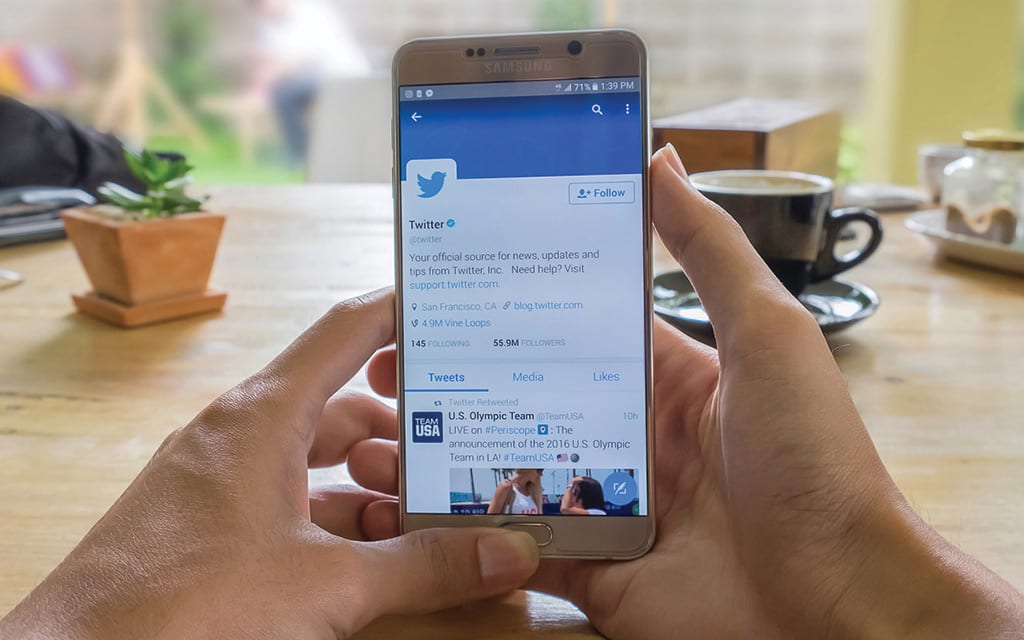Join The Mobile-First Movement
| By 1SDjT99ijj1 | 0 Comments

Consumers have an expectation higher than ever of businesses today with a need for instant information. There is now an expectation of easy-to-use, quick loading websites centered around customer experience.
What is the first thing you do when you need a quick answer? Do you pull a full-sized desktop computer out of your pocket? I don’t think so. You pull out your mobile device, whether it is a phone or tablet, and search for answers with the touch of a few buttons. This experience is one that businesses must capture users with using a mobile-first website design.
Consumers have an expectation higher than ever of businesses today with a need for instant information. There is now an expectation of easy-to-use, quick loading websites centered around customer experience. Gone are the days when a responsive design was enough; current users navigate from one tab to the next so quickly that your website will be discounted if they’re unable to do so. Google has confirmed mobile search has continued to surpass desktop search, therefore websites must not only optimize for mobile, but quickly capture the attention of mobile users. Additionally, Google makes it very clear to us that mobile-experience is a growing factor in its ranking criteria for web pages and content. From this, a content-packed website centered around a mobile experience is critical.
Mobile-first website designs take an approach that is content-focused for users to easily find the most relevant information to their search. Rather than build your website from the largest desktop screen down to the mobile version, mobile-first designs start from smallest to largest screen. Since the smallest screen can only have the most basic of features due to size, this approach requires laying out the most necessary features of the website first. From this, mobile-first websites are designed with user functionality at the core.
Websites who lack this functionality are being tossed aside by users seeking quick answers. Easy navigation is a must for mobile users on-the-go performing various activities. Menus will collapse easily or expand at the touch of a finger as users engage with the website. Information that could be considered excess is eliminated within this design to effectively offer the most relevant information first.
Collectively, a mobile-first website design strategizes around content and user experience targeting Google’s mobile index. Maintain your competitive advantage and improve your overall customer experience with a mobile-first website design. Join the movement today, contact Easton Advertising and let us show you how we can help!








